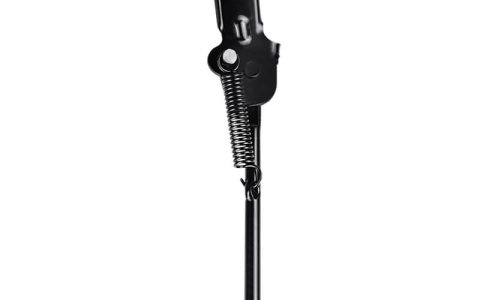
Introduction
In today’s digital age, where websites play a crucial role in various aspects of our lives, optimizing images for the web has become essential. From improving website performance to enhancing user experience and even boosting search engine rankings, properly optimized images can make a significant difference. In this article, we’ll delve into the best practices and techniques for optimizing images for the web, with a focus on using a JPEG optimizer tool.
Understanding the Importance of Image Optimization
Before diving into the techniques, let’s understand why image optimization matters. Large, uncompressed images can significantly slow down web page loading times, leading to a poor user experience. With attention spans shorter than ever, users are unlikely to wait for a slow website to load. Additionally, search engines like Google consider page speed as a ranking factor, making image optimization crucial for SEO.
Best Practices for Image Optimization
- Choose the Right File Format: When it comes to web images, JPEG, PNG, and GIF are the most commonly used formats. JPEG is ideal for photographs and images with complex colors, while PNG is better suited for images with transparency or text. GIFs are mainly used for animations. For this article, we’ll focus on JPEG optimization.
- Resize Images: Before uploading images to your website, ensure they are resized to the correct dimensions. Large images take longer to load, so resizing them to fit the intended display size can significantly reduce file size without sacrificing quality.
- Compress Images: Compression is crucial for reducing file size without compromising quality. JPEG optimizer tools use various compression algorithms to remove unnecessary data from images, resulting in smaller file sizes. This optimization is especially important for photographs and images with lots of detail.
- Optimize Alt Text: Alt text provides a textual description of an image, which is crucial for accessibility and SEO. Use descriptive alt text that accurately reflects the content and context of the image.
- Consider Lazy Loading: Lazy loading is a technique that defers the loading of non-essential resources, such as images, until they are needed. This can help improve initial page load times, particularly for pages with lots of images.
Techniques for JPEG Optimization
- Use a JPEG Optimizer Tool: One of the most effective ways to optimize JPEG images is by using a dedicated JPEG optimizer tool. These tools employ various techniques such as lossy compression, chroma subsampling, and quantization tables to reduce file size while preserving image quality. Some popular JPEG optimizer tools include JPEG Optimizer, TinyPNG, and ImageOptim.
- Adjust Compression Settings: Most JPEG optimizer tools allow you to adjust compression settings to strike a balance between file size and image quality. Experiment with different compression levels to find the optimal balance for your images.
- Remove Metadata: JPEG images often contain metadata such as EXIF data, which can increase file size. JPEG optimizer tools typically offer the option to remove this metadata, further reducing file size without affecting image quality.
- Optimize Color Profile: In many cases, images contain color profiles that are not necessary for web display. Removing or optimizing these color profiles can result in additional file size savings.
- Batch Processing: If you have multiple images to optimize, consider using batch processing features offered by JPEG optimizer tools. This allows you to optimize multiple images simultaneously, saving time and effort.
Conclusion
Optimizing images for the web is essential for improving website performance, enhancing user experience, and boosting search engine rankings. By following best practices such as choosing the right file format, resizing and compressing images, and optimizing alt text, you can ensure your images are optimized for the web. When it comes to JPEG optimization, using a dedicated JPEG optimizer tool is highly recommended, as it allows you to fine-tune compression settings and remove unnecessary data from images. By incorporating these techniques into your image optimization workflow, you can create faster, more efficient websites that provide a better experience for users.



